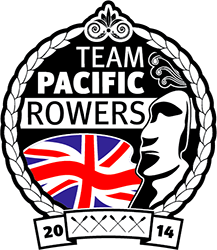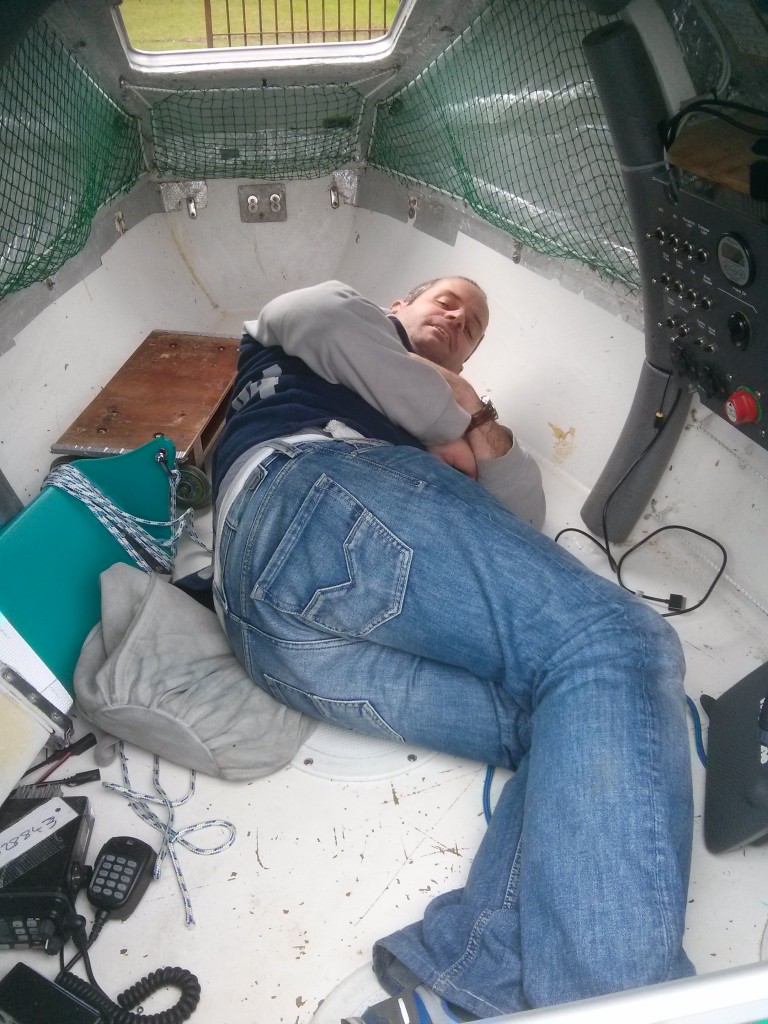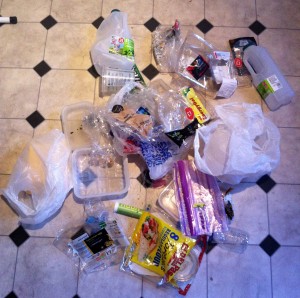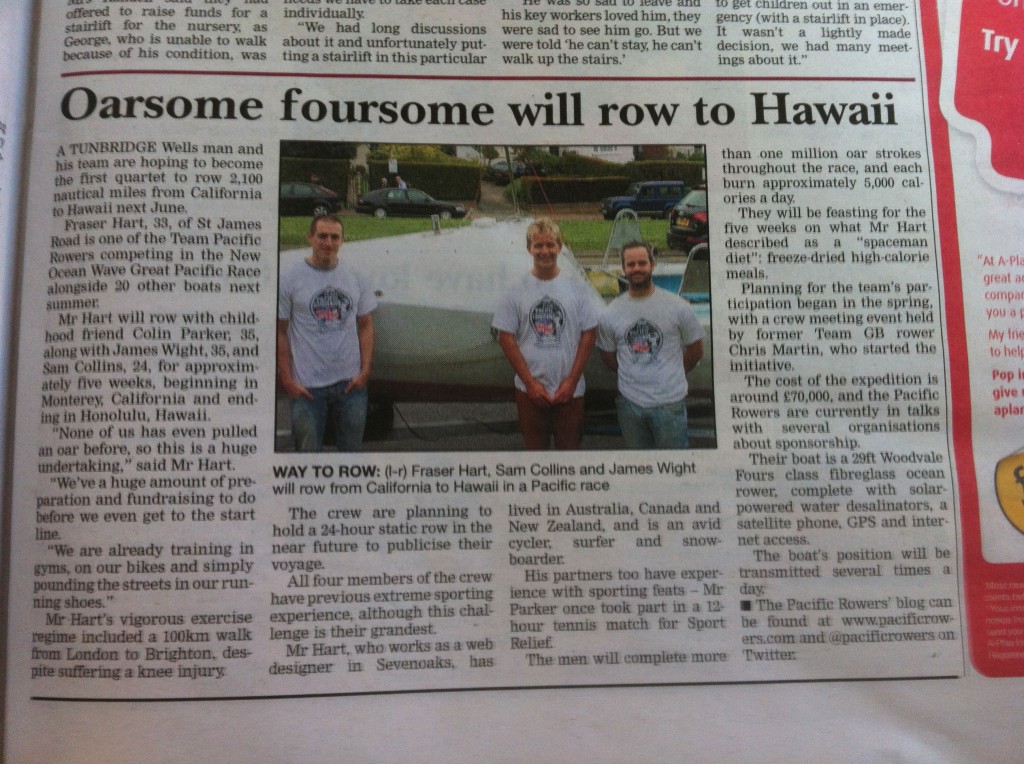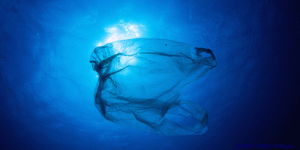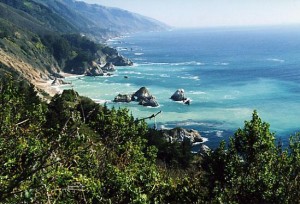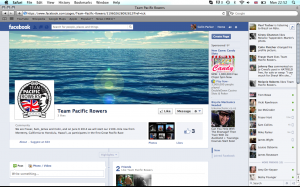This weekend, I took part in the British Heart Foundation’s London to Brighton Trek, an annual fundraising event put on by the charity which is a 100km (62 mile) Trek from, unsurprisingly, London to Brighton.
After being asked by my friend Danny a few months back if I fancied taking part, I signed up under the mindset of “it’ll be easy, It’ll be challenging but it’s only walking and it’ll be fun to spend some time with the lads doing something a little different”. Up until this point, the longest walk I’d ever been on was in the region of 15 miles.
The first time I mentioned the walk to my Dad, an avid hiker, while hugely supportive, expressed concern and called me bonkers for signing up and repeatedly told me over the next few months that I should be training more (not too dissimilar to his reaction to my signing up to the Great Pacific Race). This should have caused alarm bells, but, despite being in the best shape of my life from all the cycle and gym training, I flippantly went into the walk with only 2 training walks under my belt, the longest of which was 17 miles and neither of those 2 walks were within a month of the start of the event.
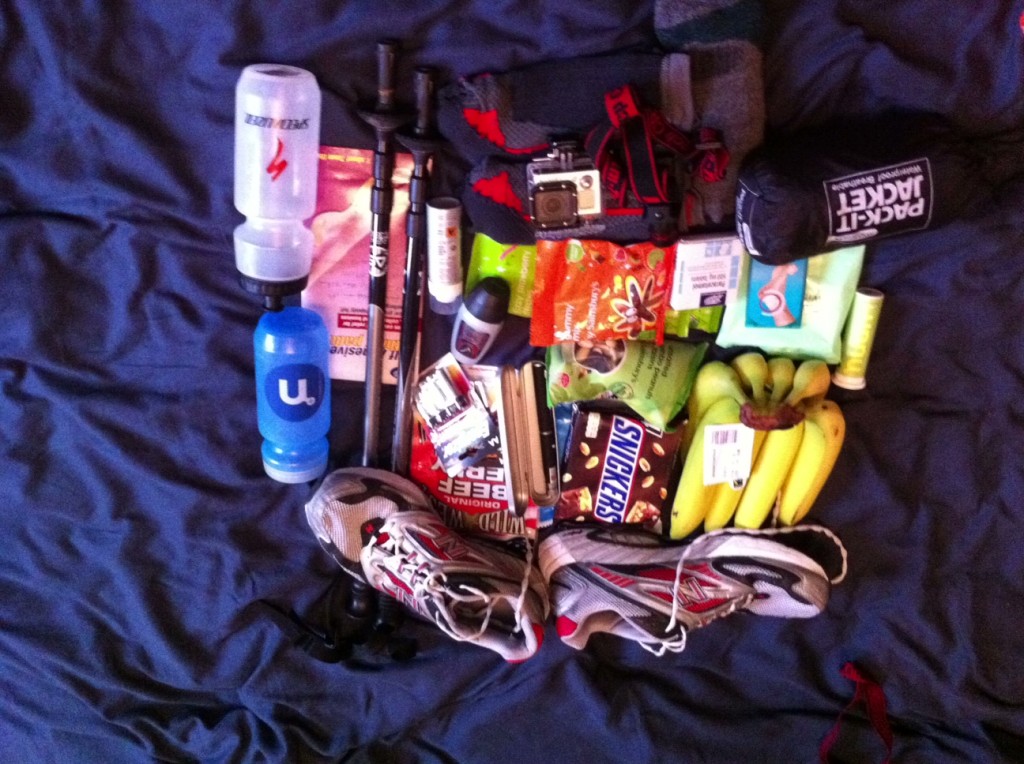
8 Bananas, 8 chocolate bars, pack of beef jerky, 3 packs of sugary sweets, tube of hydration tabs, 2 water bottles, paracetamol, anti blister spray, blister plasters, 4 changes of socks, adhesive padding, nut and raisin mix, head torch, walking poles, batteries, laser pointer, rain jacket, running shoes (which I decided to leave behind), camera
On Friday night after work, with my bag in which I’d packed with everything for the walk, I headed to Sevenoaks train station bound for Sunbury where I was to meet up with Danny, Mike, Tom, Stuart and James in the hotel we had booked for the night before the start. We had a low key evening and had all retired by around 9.30 to get an early night for the following morning.
After convening in the hotel lobby just before 7am, we headed over to Kempton Park Racecourse to register with around 500 other walkers and get ready for the off. In traditional English fashion, the weather was overcast and there was light, sporadic rain.
After registration, we found ourselves in the first group, scheduled to leave at 8am. At just after 8, at the gates to the racecourse, we joined in the countdown for the most anti climatic start to any event ever – the start of a walk is never going to be an explosive event – and headed off towards Brighton.
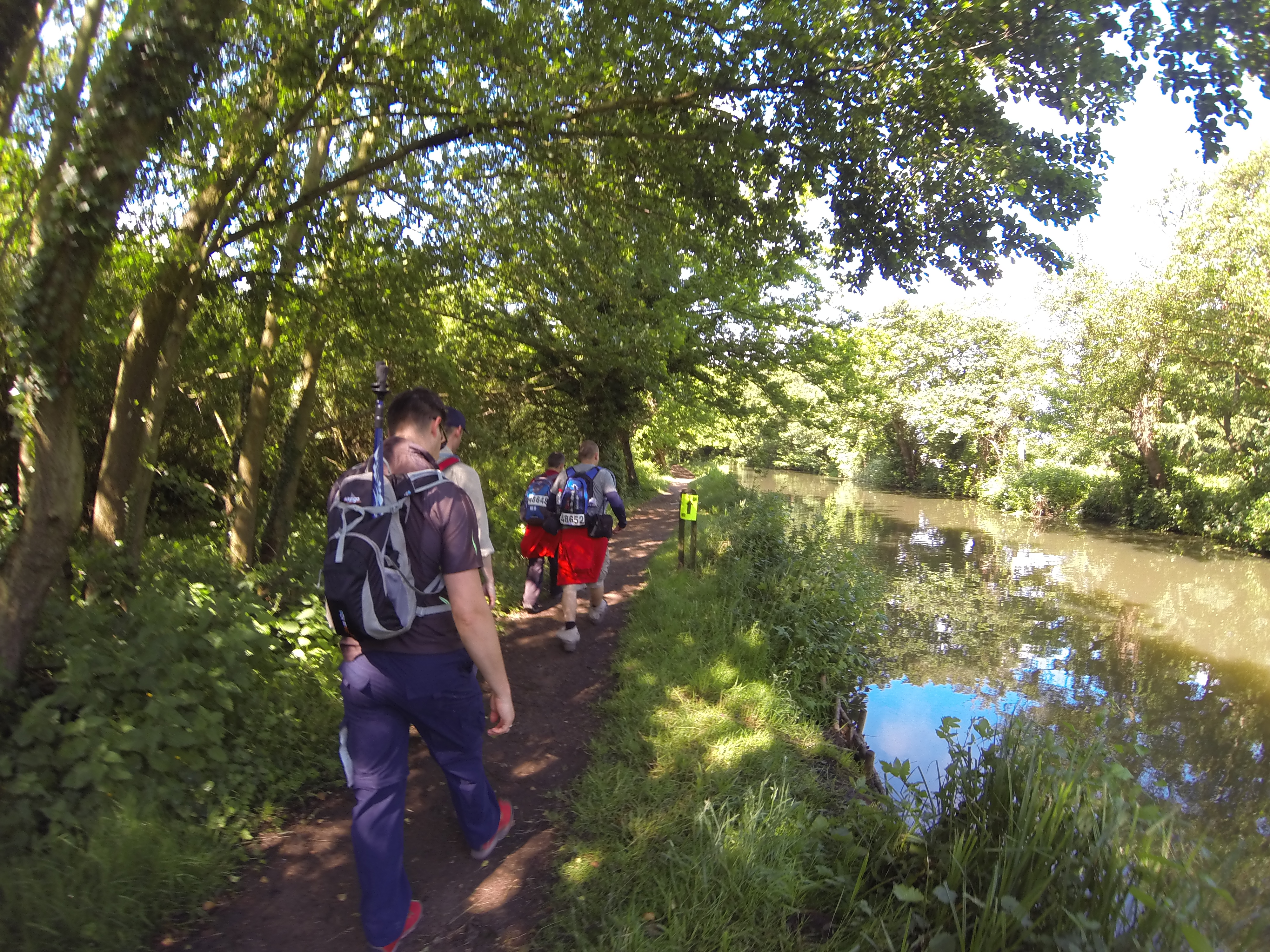 The first part of the course headed out through the suburbs towards the river Thames which we flanked for a few miles before meeting the river Wey(?), along which we walked til Guildford. Our first checkpoint was at a pub on the river 15km from the start which we reached in around 3 uneventful hours. By the time we reached the first checkpoint, I’d noticed my left heel was starting to get quite sore, I wasn’t sure if I was just imagining it as I spent the majority of the time walking looking for sore points as I was petrified of getting any blisters which would end my challenge. At the checkpoint we grabbed a coffee, ate some snacks, aired our feet and I reapplied anti blister spray and we headed off towards checkpoint 2 at a pub Guildford, another 15km away.
The first part of the course headed out through the suburbs towards the river Thames which we flanked for a few miles before meeting the river Wey(?), along which we walked til Guildford. Our first checkpoint was at a pub on the river 15km from the start which we reached in around 3 uneventful hours. By the time we reached the first checkpoint, I’d noticed my left heel was starting to get quite sore, I wasn’t sure if I was just imagining it as I spent the majority of the time walking looking for sore points as I was petrified of getting any blisters which would end my challenge. At the checkpoint we grabbed a coffee, ate some snacks, aired our feet and I reapplied anti blister spray and we headed off towards checkpoint 2 at a pub Guildford, another 15km away.
We arrived in Guildford after another uneventful stretch, both feet had some pain but nothing too bad. A couple of the guys in particular were having quite severe problems with blisters at this stage so they did what they could in terms of foot care. I aired my feet, ate a burger and had my first sock change. We had friends come out to meet us in Guildford as well as Mike’s mum, dad and sister who walked with us for a couple of miles after the checkpoint.
From Guildford, we set off headed for the halfway point. A few miles before we go to the checkpoint it had started getting dark and I was getting a lot of discomfort in my right knee, right behind my knee cap, which sent shooting pains down my leg when putting weight on it on even the slightest decline. The back of my left knee was also causing me some grief. This prompted me to crack out the poles.
By the time we made it to the halfway checkpoint around 9pm, we were all noticeably fatigued and in pain and by the faces and body language of the other walkers, they were too. We spent about half an hour here. Socks were changed and snacks were eaten before we reluctantly got to our feet to start the 12km to the next checkpoint where we were to get a meal.
Almost immediately after leaving the halfway mark, my left knee decided it wanted join in with my right knee and I got the exact same pain but much more severe. I was now using the poles as hand held crutches, putting as much of my weight onto them as I could. Things looked pretty bleak for me at this stage but I took a couple of pain killers and forced myself along. Around 3 miles from the next checkpoint, where we were to be fed, I had got a burst of energy and with Danny, we pressed on ahead of the others – both Danny and James seemed much less affected than the rest of us at this stage – it didn’t last long though; the pain in my knees heightened and forced me to slow down to barely a snails pace after a couple of miles of charging, leaving Danny up ahead on his own. Before I reached the checkpoint the others had caught and passed me.
When I arrived at the checkpoint, I found the others in the dinner hall tucking into their food. I queued for my lasagne and took a seat with them. The second I sat down I started to feel feint and I was very hot and started sweating profusely. I took my jumper off and had to put my head on the table as I felt I was going to pass out. A worker in the dining hall took notice of my condition and called a medic over who advised me to eat some food. Seeing as I hadn’t eaten anything other than energy gels and chocolate for the last 10hrs I was likely just running on sugar and it was running out, he said. I very forcefully took a couple of bites of garlic bread down and very quickly started to come round.
By now everyone was suffering with blisters. 2 of our team moreso than the others and after an hour or so and a lot of attention from paramedics, they were unable to continue due to their pain. The checkpoint was like a military hospital during war time, there were people being carried into the back of ambulances and medics treating people everywhere. We heard an unofficial statistic from one of the marshalls that less than half the people who started the race made it past the checkpoint.
James and Danny who were faring better than the rest of us decided to push on ahead. After we had filled our water bottles, taken our complimentary massages and stocked up on as many pain killers as the medics would allow us, Stuart and I crawled out of the checkpoint fully expecting the following 38km to be too much for us.
We stumbled on through the night in the rain through fields and woods as quick as our damaged legs and feet would carry us – Not very fast. We spent the night talking about how much we were looking forward to the sunrise and the morale boost it would give us, convincing ourselves that seeing the natural light would trick our tired bodies into waking up and giving us the energy we so very much needed to get ourselves to Brighton racecourse. We tried to calculate what time we would finish the walk. Each time we made the calculation, the ETA was later: 11am, 11.30am, 12pm, 12.30pm…….. By the time the sky started to lighten – around 4am we were both getting very delirious. I recall after every sentence that came out of my mouth thinking “what you just said was a load of [rubbish]”.
I remember earlier in the walk thinking something along the lines of “it’ll be amazing when we get to the 70km mark. It’ll be the home stretch. Getting to the end will be a piece of [cake] from there”. When we actually got to the 70km mark, the sun was coming up and I remembered that thought from the day before. It initially perked me up but then I started doing the calculations that had been my way of passing the time during the night: 30km remaining. We were walking at an absolute maximum of 4km/h. This equals 7.5 hours. 7.5 hours is still a whole working day. And that was without taking into account any breaks and any inevitable further drop in speed.
Along with the sunrise I discovered that my hopes of my circadian rhythm kicking in and bringing me back to life were dashed. This was the start of the lowest point for me on the walk; The pain in my knees and feet was excruciating and I could have very easily just curled up on the gravel path and fallen asleep – I was having to stop very regularly to sit on anything that could be turned into a makeshift chair and I told Stuart numerous times that I’d had it and couldn’t go on any further but each time he gently talked me into “just the next checkpoint” so on I trudged, forcing myself to eat and drink as I went.
I finally got the second wind I was hoping for and out of nowhere sprang back to life. I was still delirious, I was still in excruciating pain and I was still very tired but I suddenly got the drive I was hoping for and was feeling a lot more positive about making it to the end. It was around this time that Stuart started to go through what I had been suffering with and as he had done for me, I did all I could to talk him through it and persuaded him to stay on and he did good and was able to keep going.
We pressed on to the South Downs with heightened spirits knowing that foot of the hill marked 10 miles to the end… We tried to shut out the fact that this meant, at our slow pace, 5 more hours.
Heading up the South Downs was much less of a hardship than I had been anticipating, the poles allowing me the luxury of palming a good amount of the strain from my feet and legs to my upper body which was faring much better than my lower extremities. It was coming down the other side into Hove that was the tough bit, the pain in my knees not letting up and reminding me with every step that they didn’t want me to be doing this. I was this close to the end though and they were being ignored.
We made it down the other side into the narrow alley ways of Hove, littered with broken bottles and cigarette butts, which were to be our path to the checkpoint on the sea front. From there it was to be a short walk to the racecourse for the finish. When we arrived at the checkpoint we found out we still had another 7km to go to the racecourse. This was like a kick in the stomach, we were practically in Brighton and we still had another 2hrs of walking to endure.
We dragged our feet along the coastal path with the wind at our back. I was trying to make the poles carry as much of my weight as I could, eyeing up the pier and constantly trying to work out how long it would take us to make it there. There were motivating moments when passing members of the public (who were going the opposite direction – at this stage there was zero chance of us overtaking even the most casual of coastal strollers) cheered us on or we heard comments from behind us along the lines of “they’ve been walking all night”. I also got a very motivating call from my dad who was, at the time, in the midst of a leg of his coast to coast walk up north.
When we finally reached the pier after just over an hour we’d lost sight of the direction signs so I got my phone out and plotted the shortest route to the racetrack for the finish line. 1.2 miles remaining. We’d be finished within an hour… we followed the blue line on my phone inland and uphill using the last of our energy. Looking down at the phone every couple of seconds to confirm that we were in fact getting closer to our target. Eventually, the racecourse came into view and we saw the red jumper of a BHF marshal coming towards us to tell us that we’d missed a turning and were approaching the racecourse from the wrong direction. Expecting to be sent back to join the “correct” path we were happy to hear that we had covered the same distance and just needed to go round to another entrance to the stadium so we could walk the official route to the finish line where our friends and my sister were waiting to cheer us in. It was 3pm, 30hrs after we had started. I grabbed the nearest chair I could find and sat down.
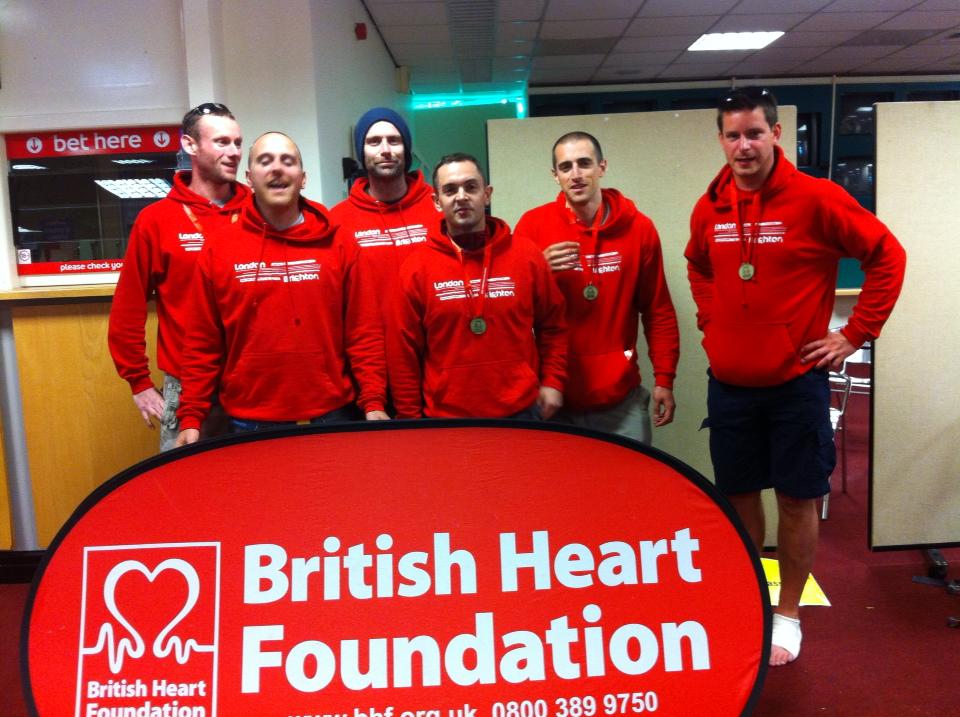
l-r James, Mike, Tom, Danny, Me (Fraser), Stuart
